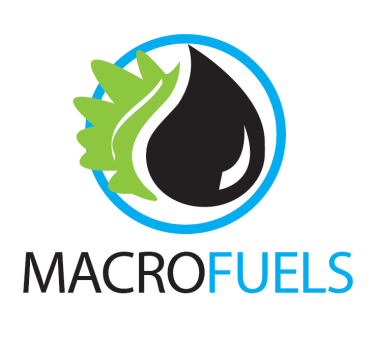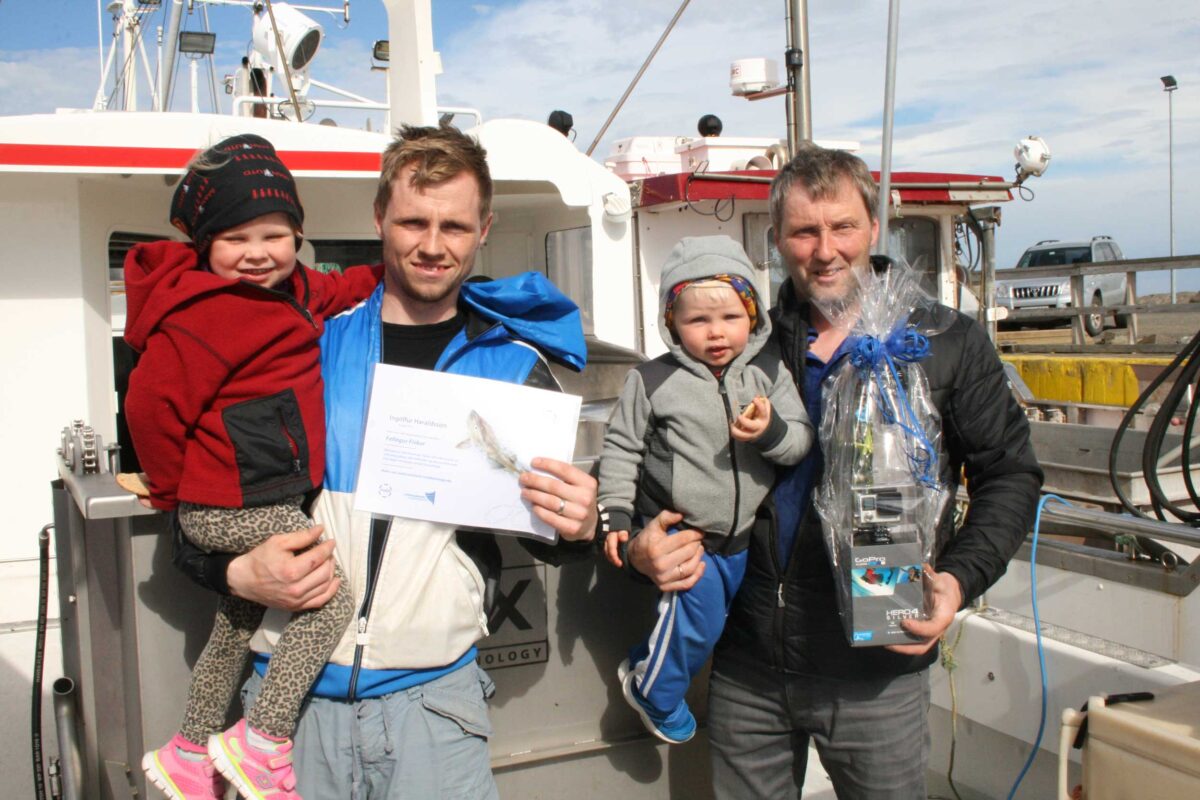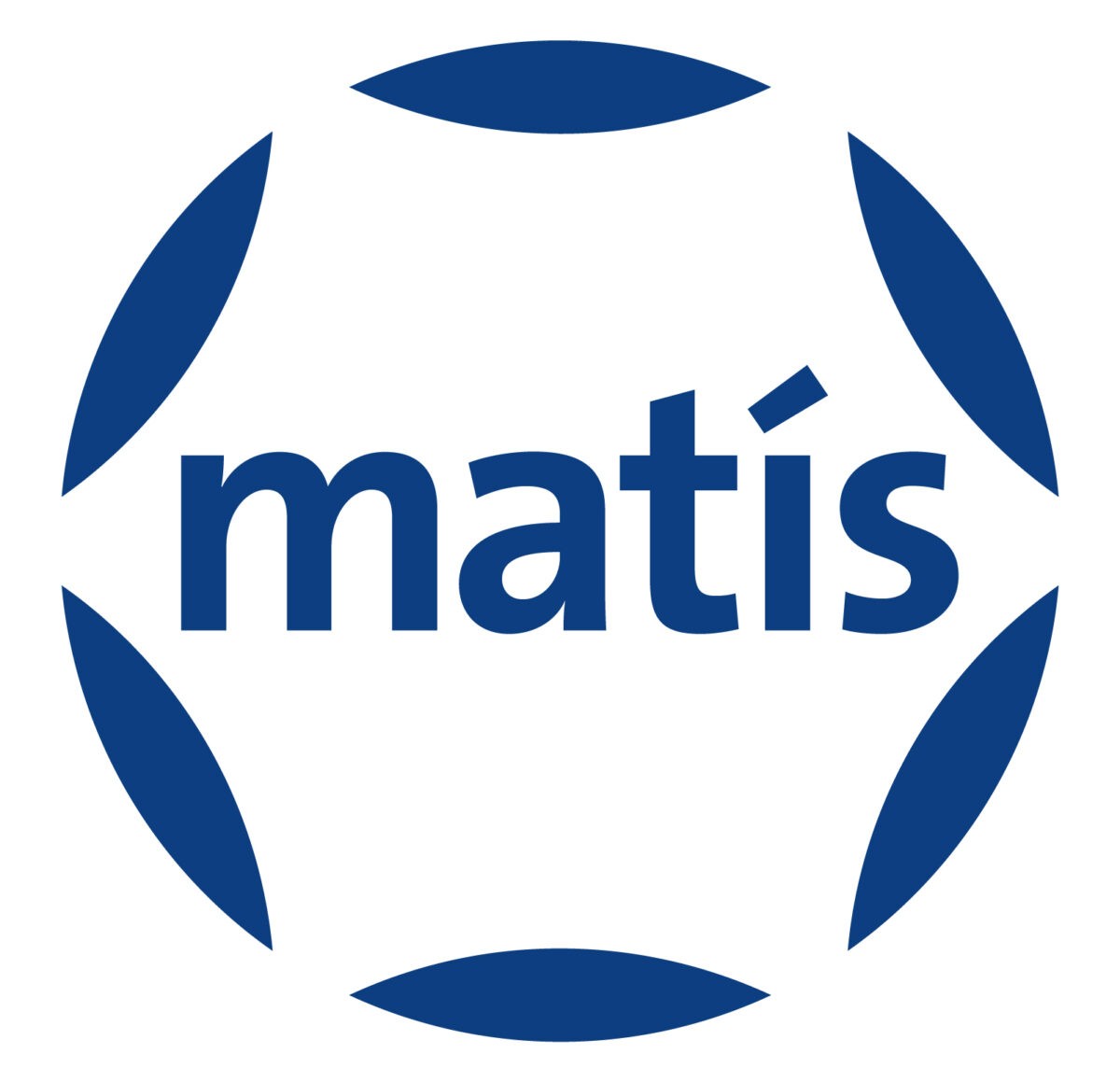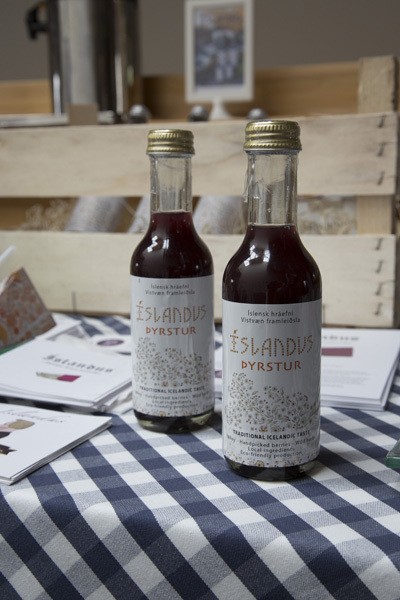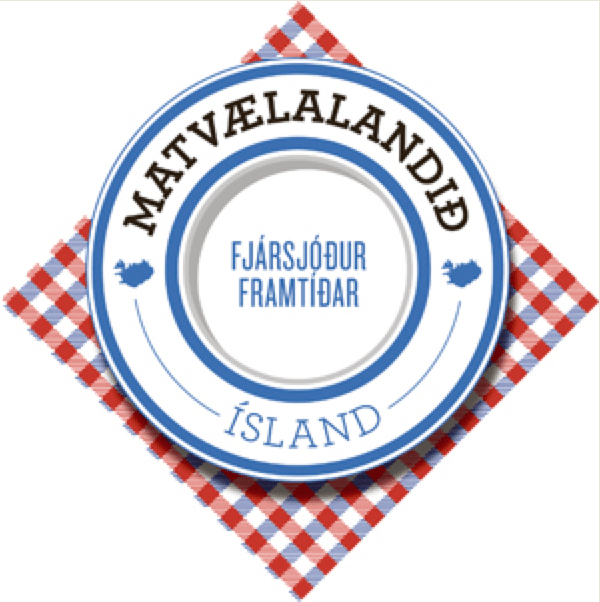Some time ago, EnRichMar completed the project led by Matís. The project aimed to enrich food with hygiene from the sea, but the project was part of the 7th European Research Program for Small and Medium-sized Enterprises (FP7 SME).
The aim of the project was to increase the value of prepared foods by enriching them with raw materials and ingredients from unused seafood and by-products from fish processing. Emphasis was placed on omega-3 fatty acids and algae extracts, which can have an increased and positive effect on the health and stability of the food and increase its taste quality.
results
The project has created new business opportunities within and outside the group that participated in EnRichMar. The participating companies that produce bioactive substances have moved one step further and have marketed bioactive substances for a variety of foods in new lucrative markets. The diversity of bioactive ingredients has also increased due to the planned marketing of new ready-made dishes developed in connection with the project. The participating companies have acquired valuable market information on target foods, consumers' views on target foods in important markets and developed enriched foods based on information obtained from the main target groups. In addition, participants have first-hand information on the physiological effects of consuming enriched foods. It was fundamental for each participating company to develop a new and more valuable business model that will have a positive effect on their results in the future.
Increasing the value of raw materials and products will lead to increased diversity in healthy prepared dishes and can thus contribute to improved public health. The results are also important for the European fisheries sector and the utilization of marine resources due to the increased value of tributaries from the fisheries sector and underutilized marine resources.
It should be noted that the beginning of this project can be traced to a grant from Increased value of the Seafood Fund (AVS). As a result, the Nordic countries became interested in the project and a similar project was funded Norden, Nordic Innovation, Nordic Innovation Fund. Eventually, the project expanded even further, adding another group of participants, resulting in the EnRichMar project discussed in this article.
Two Icelandic participants were in the project in addition to Matís. Marinox and Grímur kokkur were involved from the beginning and it is safe to say that the benefits were significant for these Icelandic participants:
Grímur kokkur, Grímur Gíslason:
"It has been very important for our company to be part of EnRichMar and the collaboration was very good. EnRichMar has opened up export opportunities, helped us make healthy food healthier, and solved problems related to the production of meals containing omega fatty acids. We will market two products developed in the project this summer "
Marinox, Rósa Jónsdóttir:
"The EnRichMar project is a key factor in enabling Marinox to scale up the production of bioactive seaweed concentrate, and we have also received important information on the composition, efficacy and clinical benefits of the seaweed concentrate. Furthermore, the participation has supported Marinox in business development as it has opened up new market opportunities, given us important insights into the market for food raw materials and additives and also strong connections with new partners in research and business ".
A list of all participants and their reviews can be found on the leaflet Increased value of convenience foods by enrichment with marine based raw materials.
For further information dr. Kolbrún Sveinsdóttir, project manager of EnRichMar. More about EnRichMar.

 Reykjadalur
Reykjadalur 
